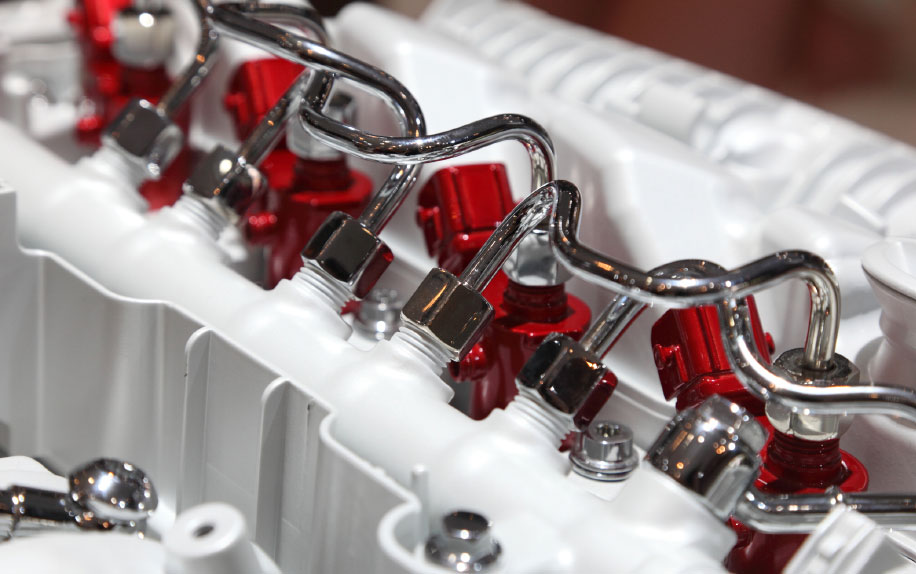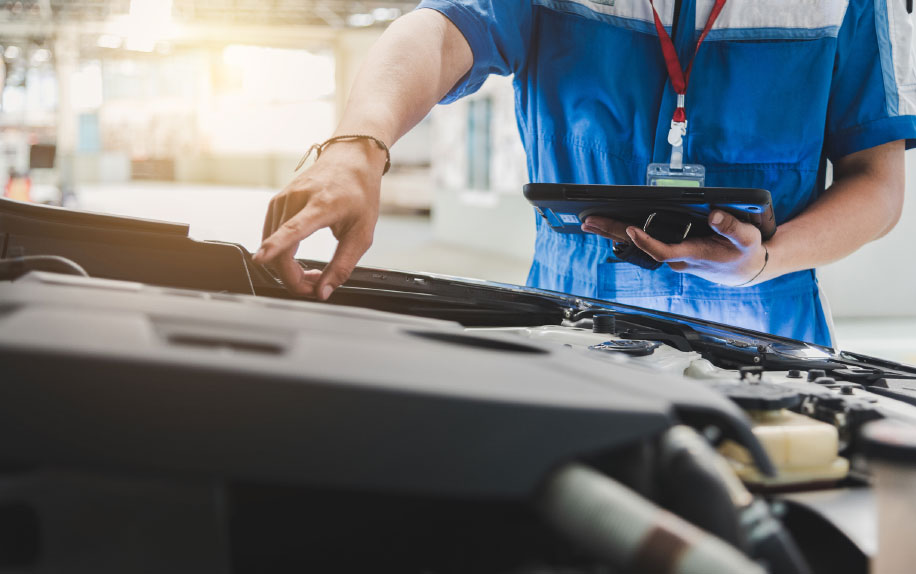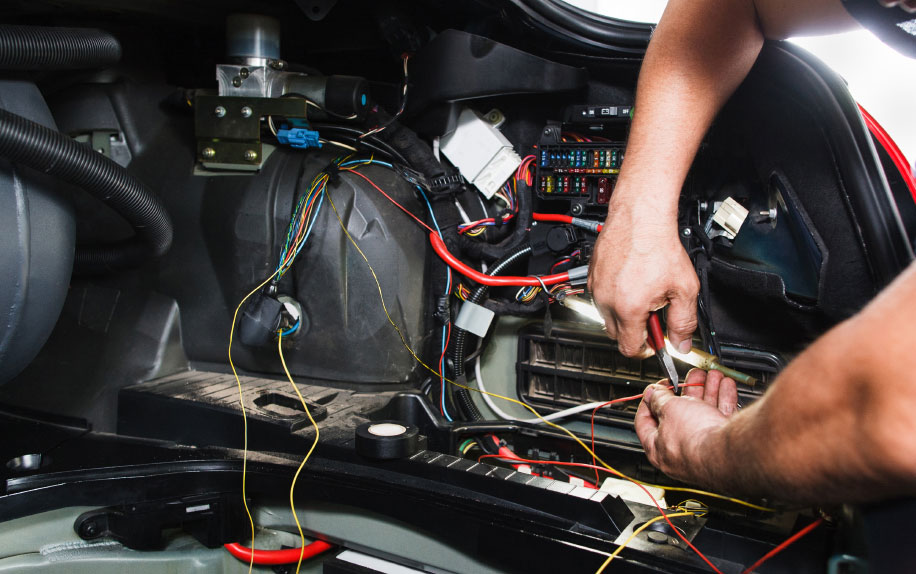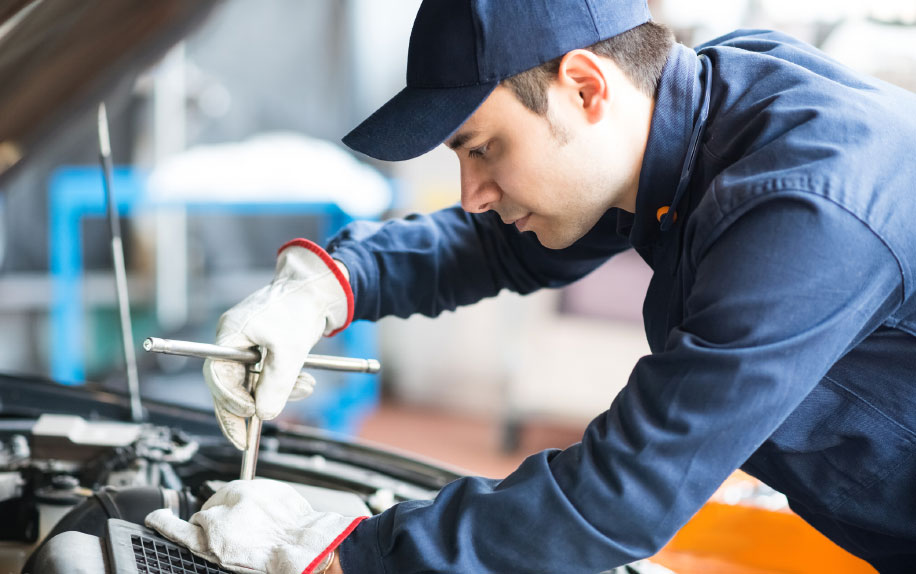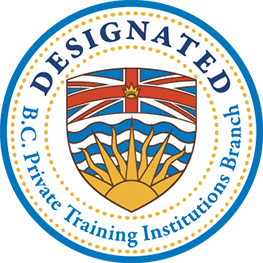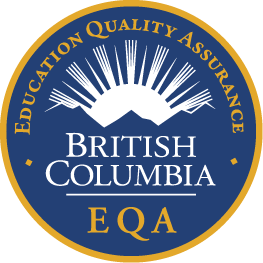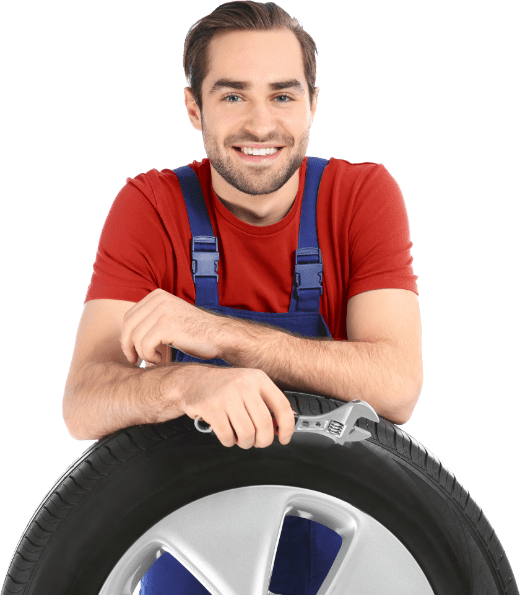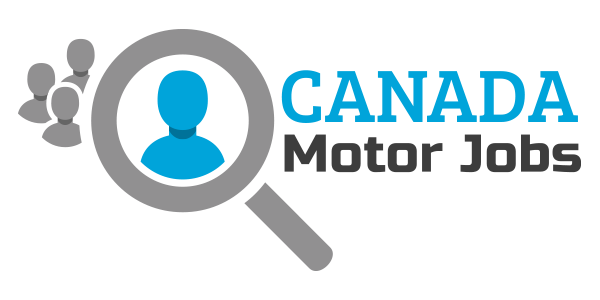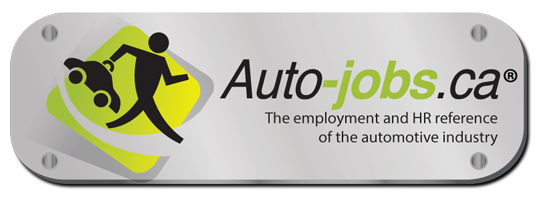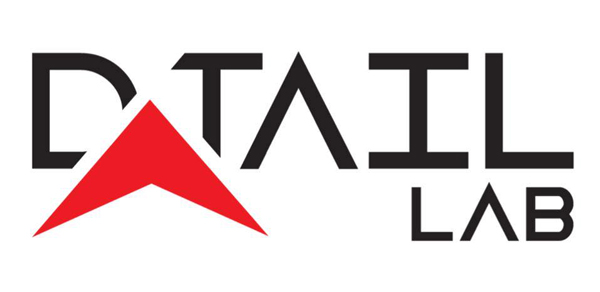Online Training
Estimating Course Objectives

- Description
ATC’s distance estimating course will prepare you to handle the following aspects of the estimating process:
- Identify opportunities in the collision repair field
- Identify steel components on most passenger vehicles and understand the basics of the repair process, including M.I.G. welding principles
- Identify plastic components and the repair process involved
- Analyze damage to determine appropriate repair methods
- Determine the direction, point of impact and extent of direct or indirect damage
- Identify and record pre existing damage
- Perform visual inspection of structural components and determine whether they should be repaired or replaced
- Be familiar with structural damage measuring equipment
- Determine the parts and procedures needed to complete the repair
- Determine the paint finish and any necessary refinishing
- Identify mechanical and suspension damage
- Document vehicle information correctly
- Identify and de code V.I.N. numbers
- Identify and record vehicle options
- Apply appropriate estimating and parts nomenclature (terminology)
- Correct use of Mitchell collision guides
- Apply proper estimating sequence
- Apply appropriate labor value
- Select and price proper parts, either o.e.m, Jobber, or recycled
- Determine and price appropriate sublet operations
- Recognize and apply overlap, where applicable
- Determine refinishing material and charges
- Identify types of vehicle construction
- Recognize damage characteristics for different types of vehicles
- Identify plastic repair and replace procedure
- Identify steel repair and replace procedures
- Identify impact absorber components and repair/replace procedures
Reviews opportunities in the auto collision technology field, identifies the basic construction of vehicles and provides an overview on damage estimating.
Learn what welding methods are used in the collision repair process.
Learn how to analyze metal damage and determine whether repair or replacement is required. Also reviews the repairing of plastic parts, such as bumpers.
Learn the different paint processes and how they apply to collision refinishing in an auto body settling.
Get an introduction to both exterior and interior trim and gain a general understanding of airbag diagnosis.
Provides a basic understanding of electrical systems (headlamp, tail amp, and battery and charging systems) and how they relate to collision damage.
Learn how to identify vehicle construction, use terminology and identify high strength steel. In addition, this modules also looks at the evolution of vehicle design, the unibody constructed vehicle and the use of high strength steels. You will also gain a better understanding of vehicle measuring equipment and the latest methods used to complete unibody repairs.
Reviews front and rear suspension systems and how to identify damages.
Learn how to use the Mitchell Guide to write damage reports in the proper sequence and employing flat rate principles. You will also be able to determine related or included items and how they relate to the time allotment.
To learn more about ATC’s automotive online training program read our web pages on:
Why wait? Request your Free Automotive Online Training Info KitToday! Your inquiry will be processed quickly! For more information on our online training courses you can visit our Automotive Online Training Campus.
Register Today! Download the Enrollment Form for our Online Automotive Training Programs.







